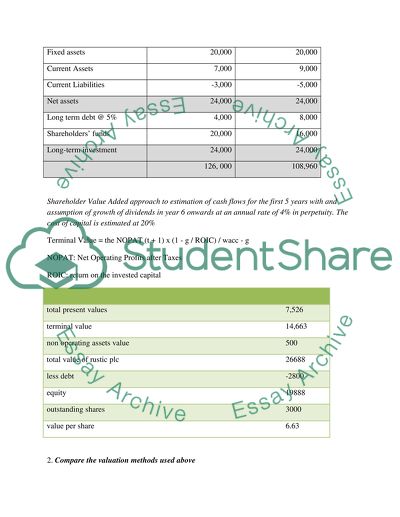Cite this document
(“Dividend Valuation Model Essay Example | Topics and Well Written Essays - 2000 words”, n.d.)
Retrieved from https://studentshare.org/finance-accounting/1447789-dividend-valuation-model
Retrieved from https://studentshare.org/finance-accounting/1447789-dividend-valuation-model
(Dividend Valuation Model Essay Example | Topics and Well Written Essays - 2000 Words)
https://studentshare.org/finance-accounting/1447789-dividend-valuation-model.
https://studentshare.org/finance-accounting/1447789-dividend-valuation-model.
“Dividend Valuation Model Essay Example | Topics and Well Written Essays - 2000 Words”, n.d. https://studentshare.org/finance-accounting/1447789-dividend-valuation-model.


